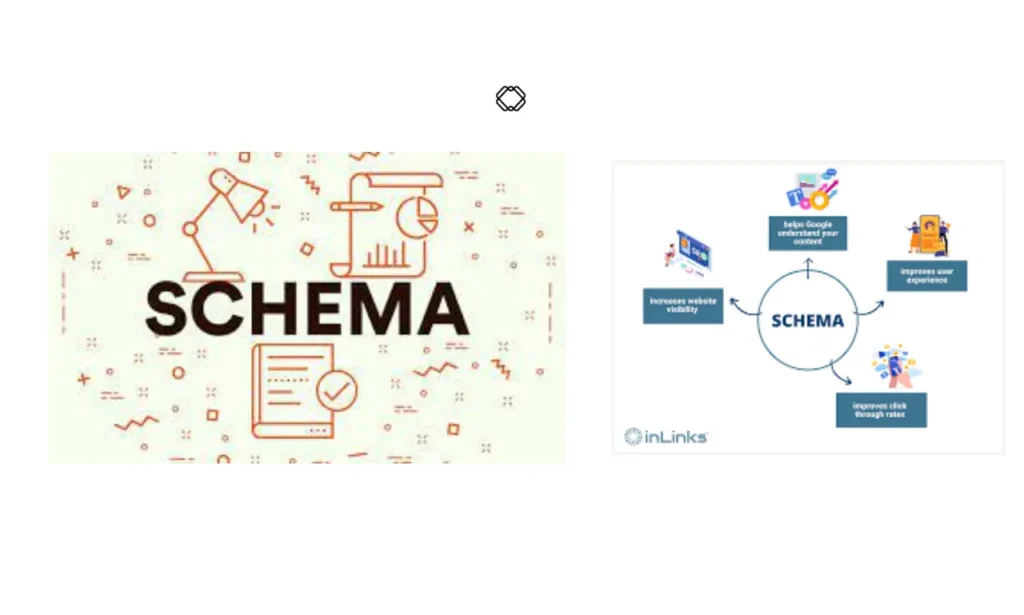In the vast, ever-evolving expanse of the internet, standing out becomes a Herculean task. Enter Schema Markup, the unsung hero of SEO, a potent tool that whispers the secrets of your content directly into the search engines’ ears, amplifying your visibility in this digital odyssey.
Understanding Schema Markup
At its core, Schema Markup is a vocabulary of tags or microdata that you can add to your HTML to improve the way search engines read and represent your page in search engine results pages (SERPs). Think of it as the Rosetta Stone for your website, enabling search engines to decipher the context of your content, offering users results that go beyond the basic.
Why Schema Markup Matters
Imagine the internet as a vast ocean and your content as a bottle with a message. Schema Markup is the buoy that ensures your bottle is found. It’s not just about being seen; it’s about being understood. By implementing Schema Markup, you:
- Enhance your search listings with rich snippets (those precious pieces of extra information beside your URL) which can improve click-through rates.
- Make your content eligible for more specific, feature-rich presentations in search results like Knowledge Graphs and Panels, which significantly boost visibility and user engagement.
- Aid search engines in understanding the content’s context, leading to more accurate search relevance.
How to Implement Schema Markup
- Identify the most relevant Schema: Start by deciding which types of Schema Markup apply to your content. Is it an article, a product listing, an event, or a recipe? The list is extensive, but there’s likely a Schema that fits your content snugly.
- Use a Schema Markup tool: Tools like Google’s Structured Data Markup Helper can simplify the process. Select your data type, paste in the URL or HTML of the page, and start tagging your content. The tool will generate the necessary HTML code, which you can then add to your site.
- Test your Schema Markup: Before you go live, use Google’s Rich Results Test to ensure your markup works as intended. This step is crucial to avoid any miscommunication with search engines.
Incorporating Burstiness and Perplexity
The challenge, however, lies not just in the technical implementation but in crafting content that sings. Here, the principles of perplexity and burstiness play a vital role. Your content should be a symphony of complexity and simplicity, with sentences that dance between detailed descriptions and concise declarations, mirroring the unpredictable yet fascinating nature of human thought.
In Conclusion
Schema Markup, with its capacity to bridge content and comprehension, is indispensable for anyone looking to elevate their SEO game. By weaving together technical precision and the artful balance of perplexity and burstiness in your content, you create not just pages, but pathways to discovery. Embrace Schema Markup, and watch as your digital presence unfurls across the search engine horizon, a beacon of clarity in the chaotic sea of information.
Also, read more at “kiendel.com“
